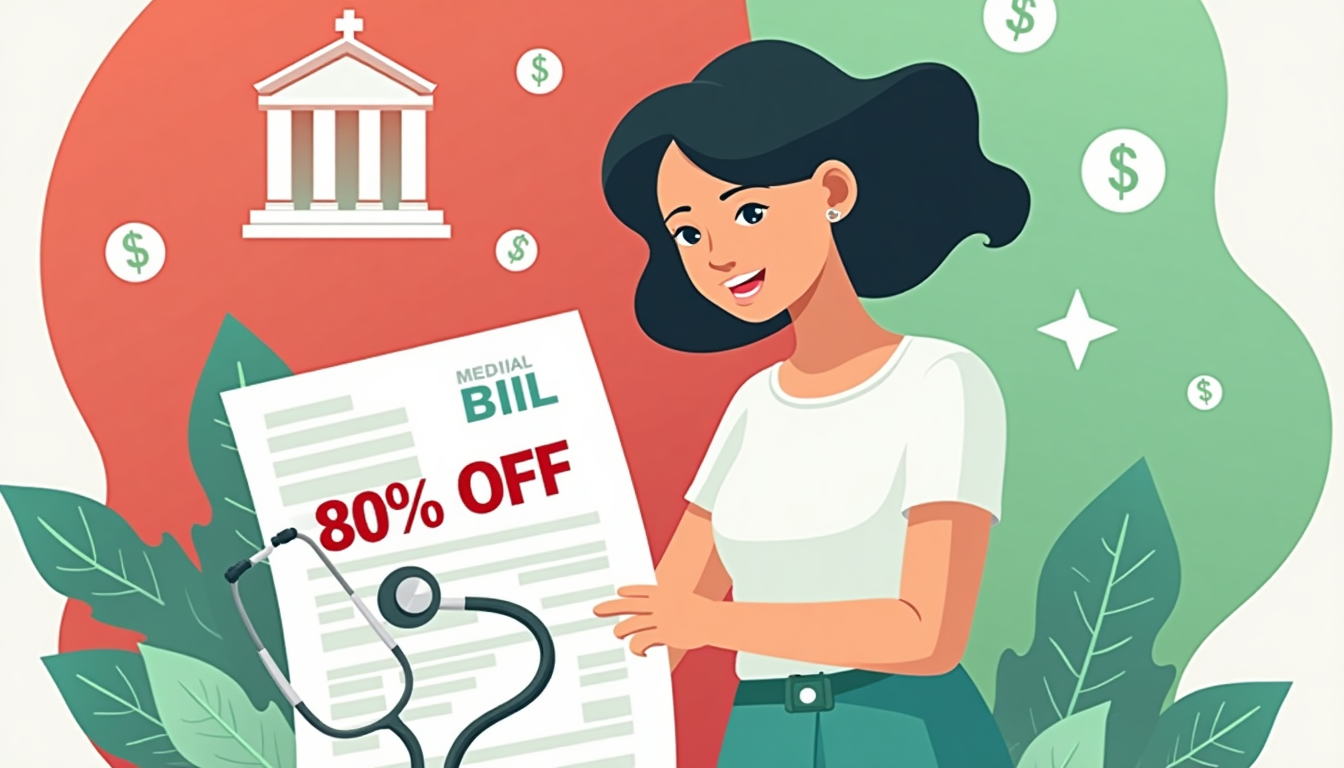7 Tech-Savvy Strategies to Reduce Healthcare Costs Without Insurance
By Michael Rodriguez, Digital Health Technologist
The $729 Problem: Why Healthcare Costs Crush the Uninsured
Let’s start with a number that keeps me up at night: $729. That's the average medical debt for chronically ill uninsured patients in 2024 [1]. With 26.2 million Americans lacking coverage [2], a single doctor’s visit can trigger financial disaster. But after years of building health tech tools, I've discovered something hopeful: Strategic use of underappreciated programs and technologies can dramatically reduce costs.
Here are seven proven strategies that help patients save 50-90% on care—using policy loopholes, telehealth innovations, and AI tools even many providers overlook.
1. Community Health Centers: Affordable Care for All
Why It Works
Federally Qualified Health Centers (FQHCs) serve 30 million Americans annually [3], offering:
- Income-based sliding fees (average 90% cost reduction) [4]
- Care regardless of citizenship status
- Integrated services including dental and mental health
Real Patient Story
Maria, an uninsured restaurant worker in Houston, paid $12 for a diabetes checkup at Legacy Community Health. The same tests would have cost $600+ at a hospital.
How to Access
- Use the HRSA Health Center Finder
- Filter by language services (critical for Hispanic patients, who face 2x higher uninsured rates [2])
Tech Bonus: Apps like LowMedBill calculate your likely fees based on income and location.
2. State Telehealth Programs: Virtual Care Savings
What's New
23 states now subsidize telehealth for the uninsured [4]. Key benefits:
- $25–$45/visit vs. $150+ for in-person care
- Direct prescriptions to discount pharmacies
Success Case
Jake, a Tennessee farmer, consulted a specialist 200 miles away through Arkansas’s telehealth program. Cost: $30 vs. $475 for an ER visit.
Action Plan
- Check Medicaid.gov's telehealth guide
- Ask providers: "Do you offer uninsured virtual care discounts?"
3. Prescription Savings: 340B Programs & AI Tools
340B Discounts
Qualified clinics sell medications at 50–90% below retail [5]. Examples:
- Insulin Lispro: $12 vs. $99 [FACT CHECK?]
- Amlodipine: $4 vs. $38 [FACT CHECK?]
Tech Helpers
Tools like GoodRx automatically apply coupons. Users save 82% on generics like metformin [6].
Script for Pharmacists
"Can you fill this through a 340B program? I'm uninsured."
4. Hospital Financial Aid: $15 Billion in Forgiveness
Key Facts
- Nonprofit hospitals must offer aid (IRS Rule 501(r))
- 60–100% debt forgiveness for incomes under 300% of poverty level [7]
- Only 16% of eligible patients apply [8]
Success Story
Diego in Miami had a $7,000 ER bill erased using a charity care screener.
Tech Solution
AI tools can scan bills for eligibility, cutting approval time from 12 weeks to <14 days.
5. Direct Primary Care (DPC): Flat-Rate Medicine
How It Works
Pay $50–$150/month for:
- Unlimited primary care
- Low-cost labs ($3 cholesterol tests)
- 24/7 telehealth
Best For
- Freelancers
- Gig workers
- Early retirees
Smart Combo
Pair DPC with a catastrophic plan (available under $100/month in some states [9]).
6. Verified Crowdfunding: Guaranteed Aid
Beyond GoFundMe
Platforms like Dollar For pre-approve assistance through hospital partnerships:
- Eliminates guesswork
- Patients raise 4x more than traditional campaigns [8]
7. Catastrophic Plans: Emergency Protection
Who Qualifies
- Under 30
- Hardship exemptions (homelessness, domestic violence)
By the Numbers
- $70–$95/month premiums
- $10,000 deductible covers emergencies [9]
Pro Tip
Combine with DPC for complete coverage.
Your 3-Step Cost-Cutting Plan
-
Prevent Debt
- Book telehealth visits through state-subsidized programs
- Use 340B pharmacies for prescriptions
-
Reduce Existing Bills
- Screen all medical bills for charity care eligibility
- Dispute errors using CMS price transparency data
-
Build Protection
- Enroll in Direct Primary Care
- Apply for catastrophic coverage
The system isn't fair—but it's navigable. As I tell every patient: "Being uninsured requires strategy, not surrender."
References
[1] Kaiser Family Foundation. (2023). Health Coverage of the Total Population. kff.org
[2] U.S. Census Bureau. (2023). Health Insurance Coverage in the United States. census.gov
[3] Health Resources & Services Administration. (2024). Health Center Program Impact. hrsa.gov
[4] Medicaid.gov. (2024). State Telehealth Policies. medicaid.gov
[5] Health Affairs. (2023). 340B Drug Pricing Program. healthaffairs.org
[6] JAMA Network. (2024). Prescription Discount Programs. jamanetwork.com
[7] IRS. (2023). Charity Care Requirements. irs.gov
[8] Agency for Healthcare Research and Quality. (2024). Hospital Financial Assistance Programs. ahrq.gov
[9] HealthCare.gov. (2024). Catastrophic Health Plans. healthcare.gov




